Management advice after Patellar Dislocation
Patella dislocations are quite common in children and young people. It is normal to have pain and stiffness afterwards.
Restoring normal movement and walking as soon as possible is very important to avoid post-injury stiffness and weakness. The more you move and use your leg, the faster it will heal.
If you have been given a brace, this is for support and reassurance. It can be removed, unless otherwise advised, once you feel more comfortable in moving your knee. This can be done in short spells and whilst doing the exercises.
Moving your knee the first few times without the brace can be uncomfortable but ‘little and often’ is helpful. This is particularly true for younger children who can be quite anxious and may need extra support and encouragement.
Trying to put as much weight as possible on your leg over the next few days will also aid your recovery. If you have been given crutches, gradually decrease the use of them over the next few days.
If you have been discharged with a brace/ crutches, you may be referred for Physiotherapy. You can also access a Physiotherapy Request for Assistance form on our website on NHS Fife at www.nhsfife.org.
Points to remember:
- You should aim to have stopped using the brace within 1 week. It should NOT be kept on for longer than 2 weeks.
- You do NOT need to be seen by Physiotherapy first to remove the brace.
- Regular use of ice and painkillers are important to manage swelling and discomfort. If you are ‘too sore to move’ this will slow your recovery.
- Following the advice is important and will speed up your recovery.
These simple exercises below will help you get your movement back.
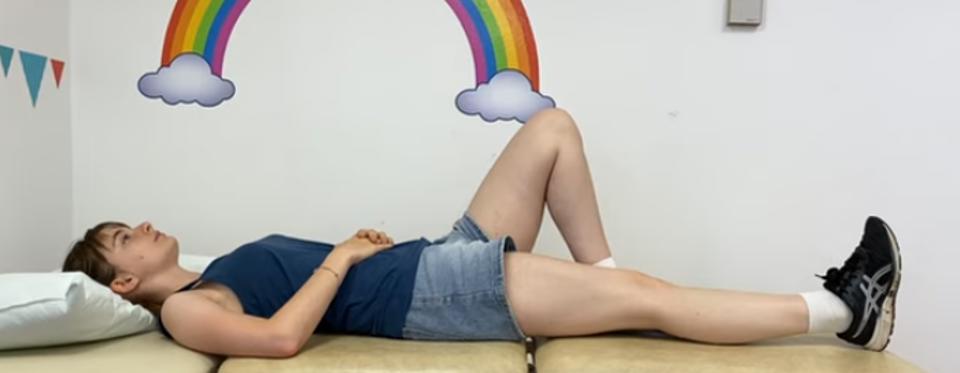
Sitting or lying with your knee straight.
Pull your toes up and push your knee down firmly against the bed and hold for 5-10 seconds.
Repeat 10 times. Increase reps, aiming to get to 30.
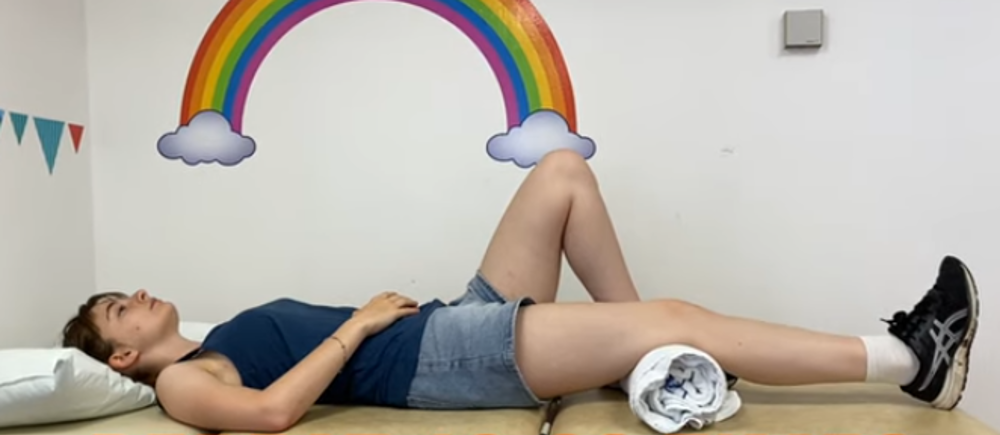
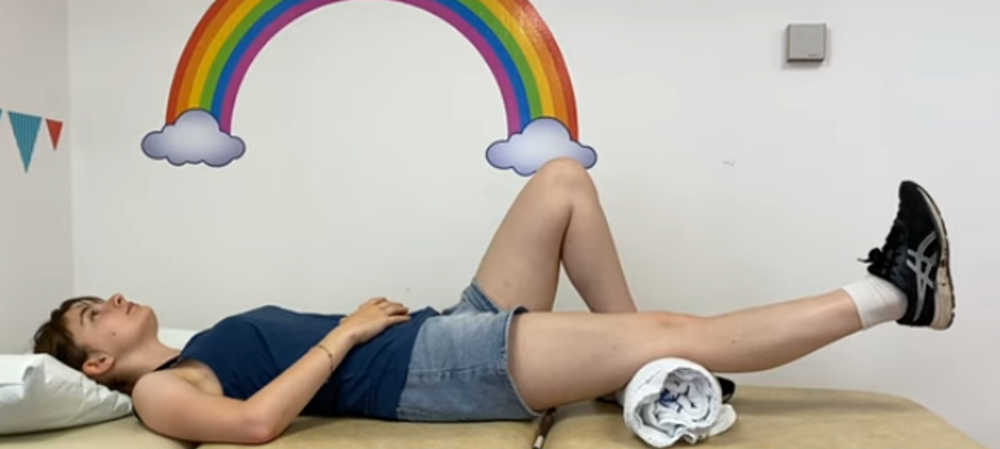
Sitting or lying with one leg bent and one leg straight. Put a rolled up towel or cushion under your injured knee.
Exercise your injured leg by pulling up your foot and toes, tightening your thigh muscle and straightening your knee (Keeping your knee on the cushion).
Hold approx 5 seconds, and then slowly relax.
Repeat 10 times. Increase reps as able, aiming to get to 30.
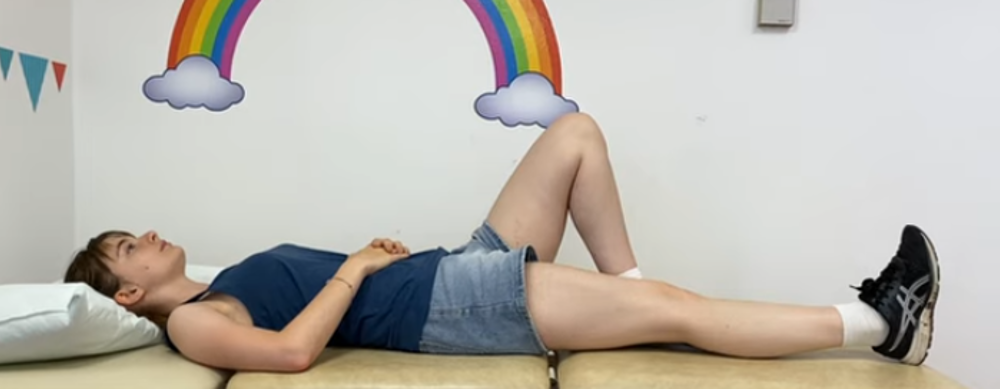
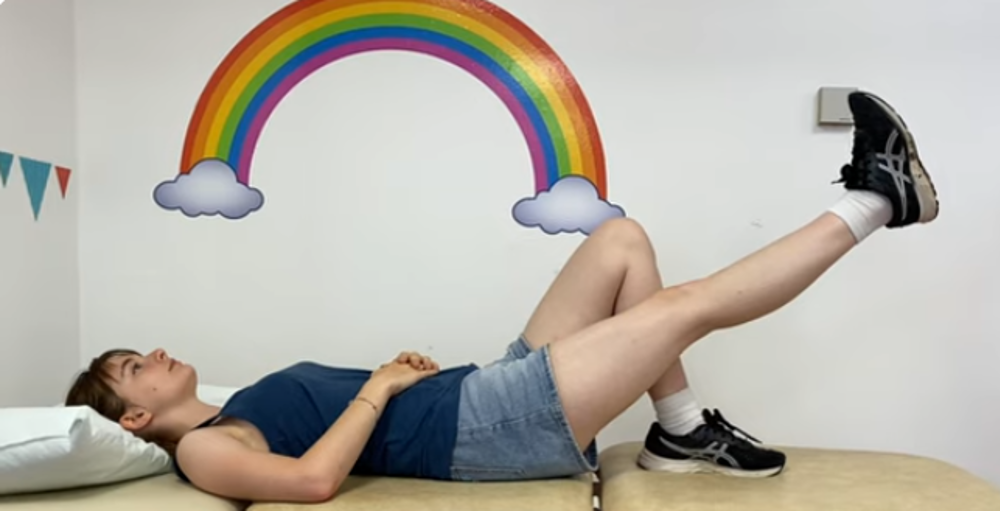
Sitting or lying with one leg bent and one leg straight.
Exercise your injured knee by pulling the toes up, straightening the knee and lifting the leg 20cm off the bed.
Hold approx 5 seconds, and slowly relax your leg.
Repeat 10 times. Increase reps as able, aiming to get to 30
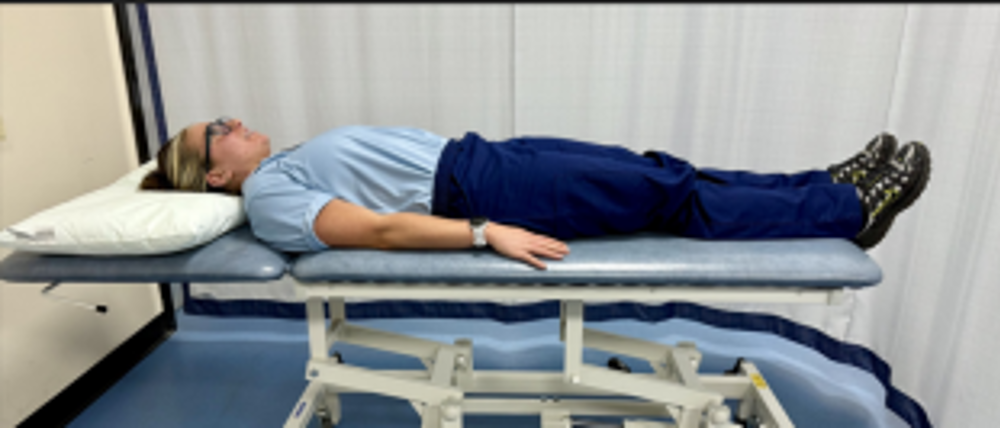
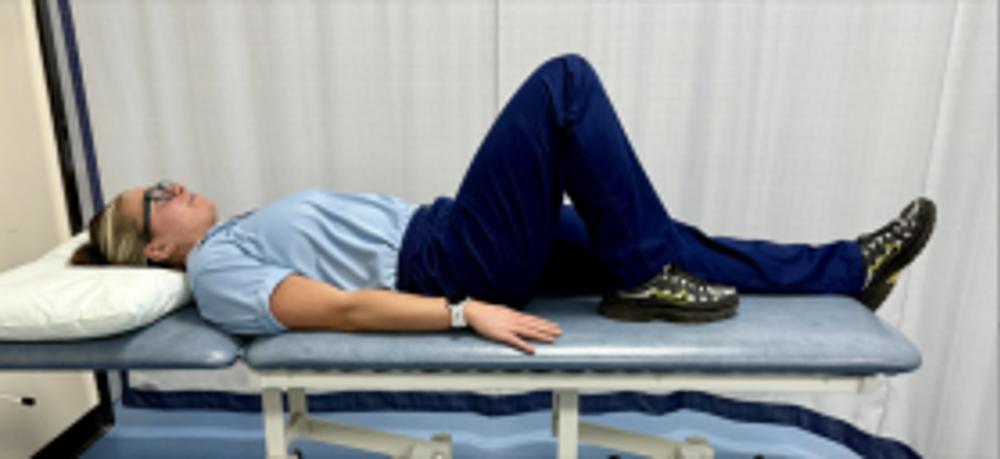
Lying on your back
Bend and straighten your leg
Repeat 10 times. Increase reps as able, aiming to get to 30.
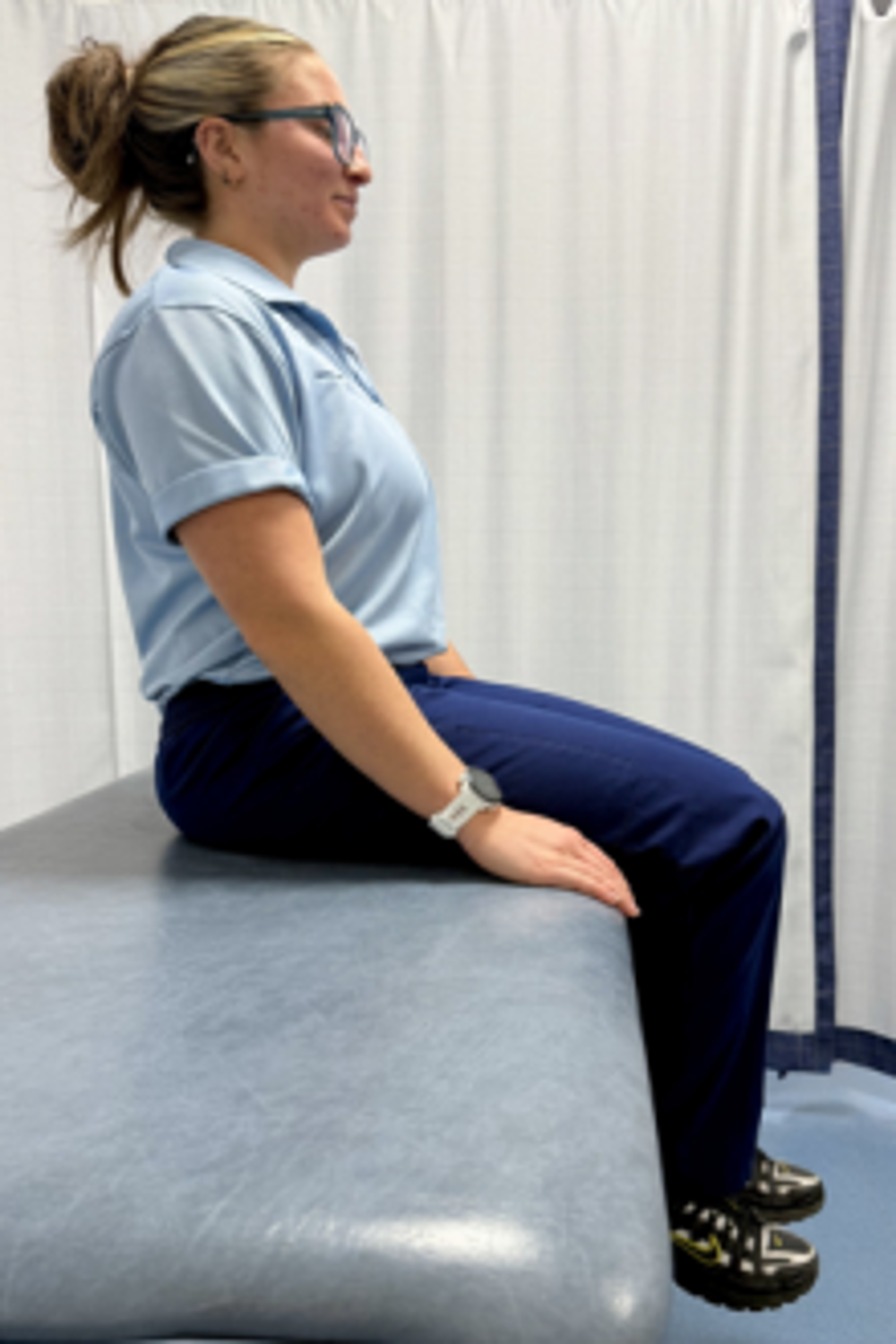
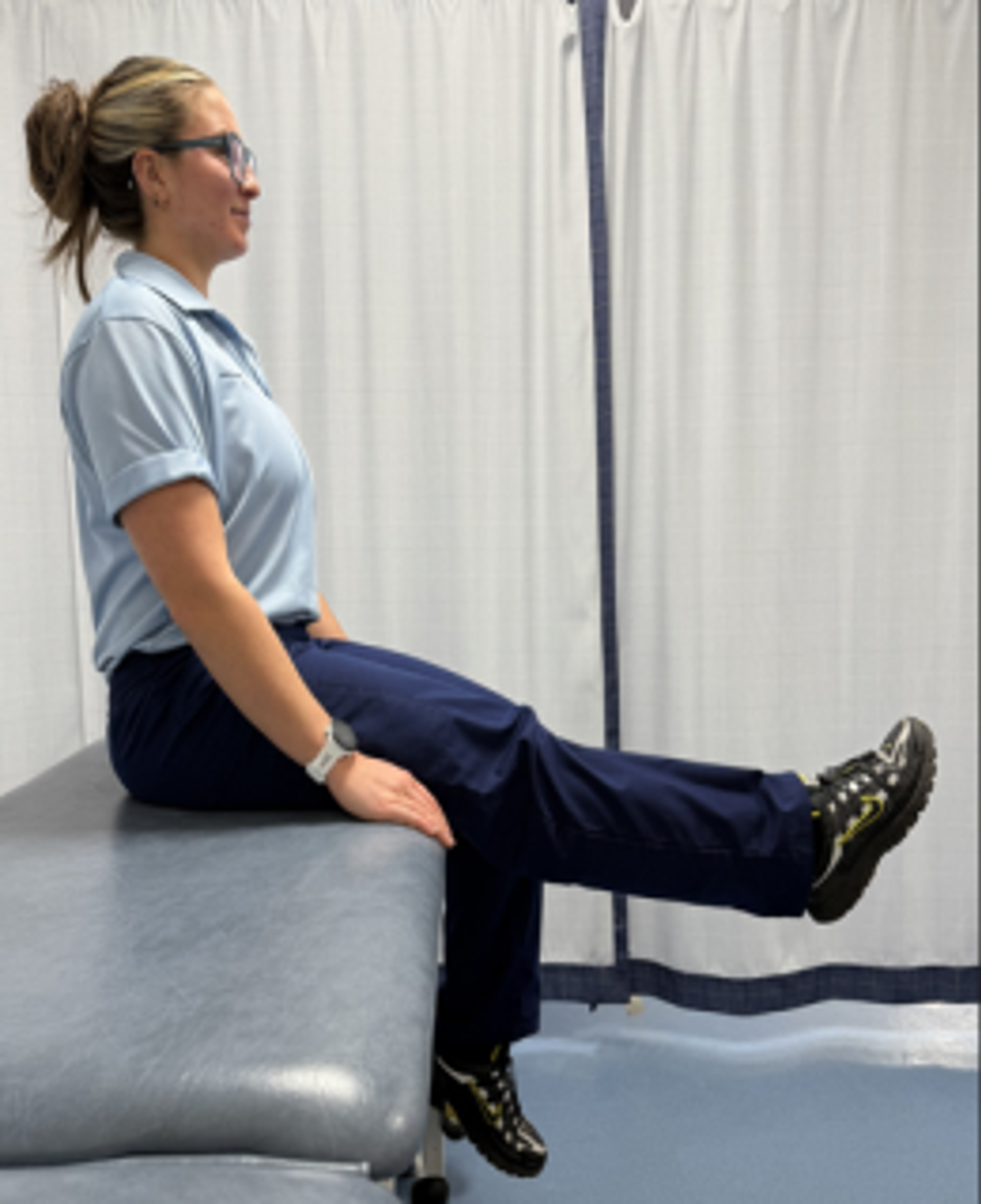
Sit on a chair
Pull your toes up, tighten your thigh muscle and straighten your knee.
Hold approx 5 seconds, and slowly relax your leg.
Repeat 10 times. Increase reps as able, aiming to get to 30.
Further advice
If your symptoms are not improving 4 to 6 weeks post injury, please attend your GP for further assessment or complete a Physiotherapy Request for assistance form on or email - Fife.paedsphysioreferrals@nhs.scot
Accessible formats
If you require this information in a community language or alternative format such as Braille, audio, large print, BSL, or Easy Read, please contact the Equality and Human Rights Team at: email: fife.EqualityandHumanRights@nhs.scot or phone 01592 729130. For people with a hearing or verbal impairment you can also contact the team through the NHS Fife SMS text service number on 07805800005.





